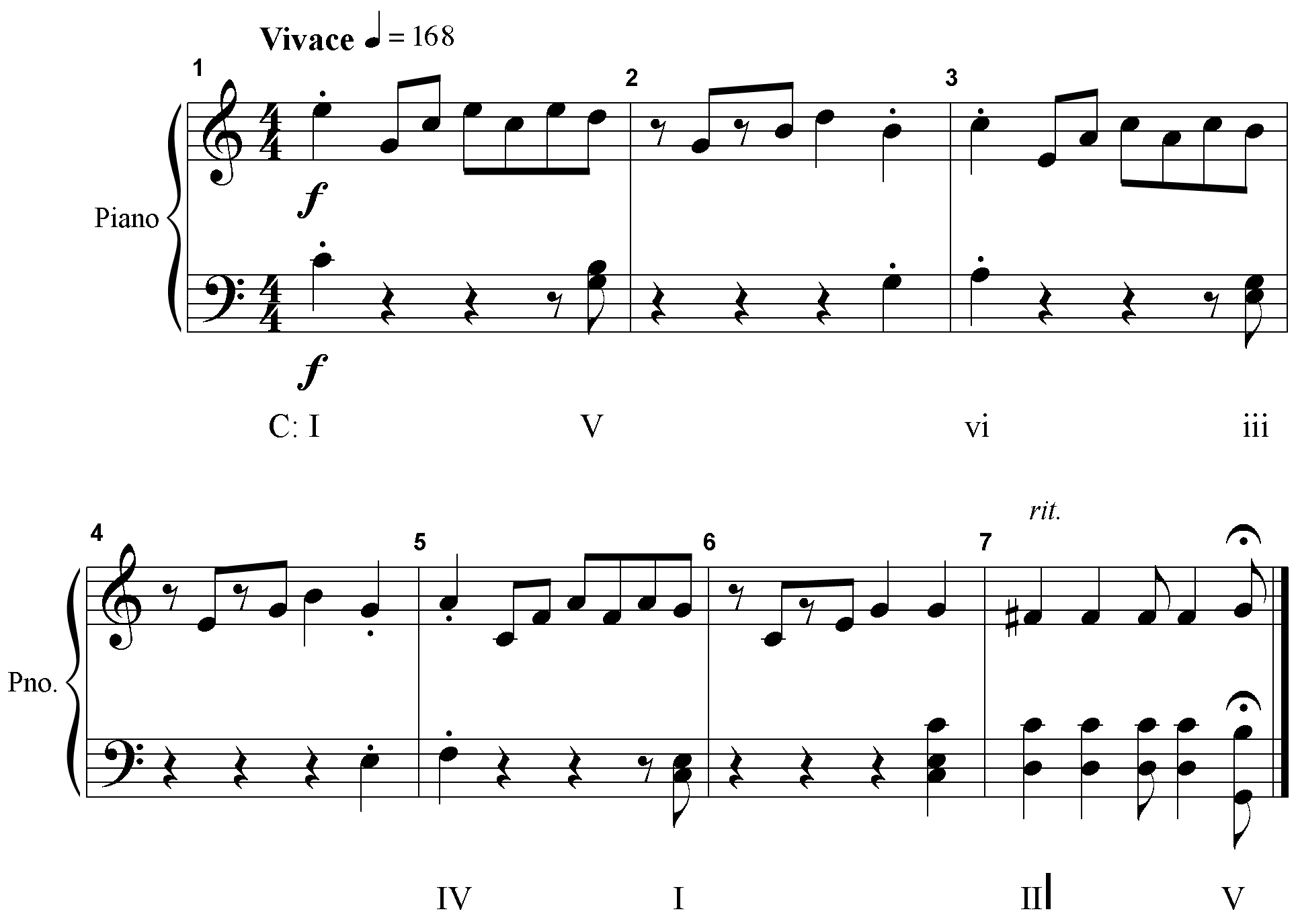Study Guide
Field 165: Music
Listening Selected-Response Questions
Recommendation for individuals using a screenreader: please set your punctuation settings to "most."
Sample Directions for Listening Selected-Response Questions
The first section of this test includes questions that involve listening to recorded excerpts. Excerpts will vary in length. Read the question and answer choices carefully. When you are ready to listen to the recorded excerpt, select the play button (
) on the media player. To replay the excerpt, select the play button again. You may listen to the excerpt as many times as needed.
This section of the test may also include alternate format questions that require you to respond in a variety of ways, including dragging and dropping answer options onto on-screen "targets" or clicking on parts of a sentence or graphic. For these questions, read the specific directions for each question carefully and select your answer as instructed.
Please be aware that the visual enhancements
and
cannot be adjusted during this section of the test. You must make any desired adjustments now before you select "Next" to begin the listening section. You will not be able to adjust these features again until you have completed this section of the test.
Click the "Next" button when you have finished reading these directions and are ready to begin the listening section of the test.
Be sure you have your headset on before proceeding.
Select the "Next" button to continue.
Sample Listening Selected-Response Questions
Competency 0001
Listening Skills
Update Required To play the media you will need to either update your browser to a recent version or update your Flash plugin.Having trouble with the audio player? Right-click and download the .mp3.
1. This excerpt ends with which type of cadence?
- deceptive cadence
- plagal cadence
- authentic cadence
- half cadence
- Enter to expand or collapse answer.Answer expanded
-
Correct Response: D. This item requires the candidate to demonstrate understanding of harmonic elements in a musical recording, including tonality, intervals, chord qualities, chord progressions, and cadences. The audio excerpt presents a seven-measure melody that concludes on the dominant:

The graphic is a score excerpt. The grand staff presents a four over four time signature. The tempo marking vivace appears above the treble clef and the dynamic mark f appears in both staves. The melody is seven measures long. Measures one through six prolong tonic through the six chords of the Pachelbel sequence (I-V-vi-iii-IV-I). Those Roman numerals appear in the score above. The tonic of m. 6 proceeds in the final measure to an applied dominant seventh (V7 of V) with sharp scale degree 4 (fi) in the soprano. The root of the secondary dominant, II, resolves down a perfect fifth to V while the melody ascends by half step to scale degree 5.
A cadence that ends on the dominant (5) is called a half cadence.
Competency 0001
Listening Skills
Update Required To play the media you will need to either update your browser to a recent version or update your Flash plugin.Having trouble with the audio player? Right-click and download the .mp3.
2. This excerpt is most representative of which type of Latin American dance music?
- a rumba from Cuba
- a tango from Uruguay
- a bossa nova from Brazil
- a norteño from Mexico
- Enter to expand or collapse answer.Answer expanded
- Correct Response: B. This item requires the candidate to demonstrate aural knowledge of characteristics, genres, and styles of music of the world (e.g., West African mbira, Indonesian gamelan), including the Americas (e.g., mariachi, samba). Latin American music often employs danced-based rhythms that are associated with a specific genre and country or countries. Early twentieth-century urban instrumental tango-milongas, like the one featured in this excerpt, have simple duple meter, a danceable tempo ranging from 60 to 70 beats per minute, and a dotted accompanimental rhythm originating in the Cuban habanera. This excerpt features perhaps the most famous tango ever composed, La Cumparsita (The Little Parade) (1916) by Uruguayan composer Gerardo Hernán Matos Rodríguez (1897–1948). The social and cultural significance of the tango is co-shared by Uruguay and neighboring Argentina, where the tango also evolved.
